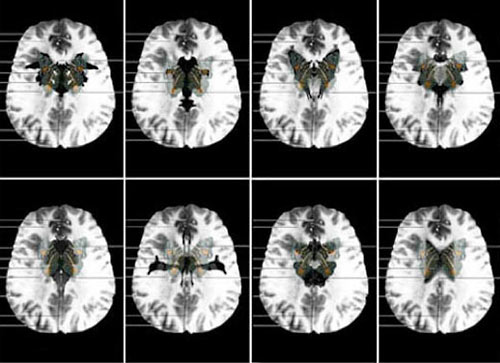
Hexadron – Michael Hansmeyer
Back in early 2009 Greg Smith dropped Dataisnature a line with an invitation to curate an issue of Vague Terrain – the web journal of digital arts he launched in collaboration with Neil Wiernik back in fall 2005. Being a long time fan of both Vague Terrain and Greg’s personal online writing project Serial Consign, I leapt at the chance and decided to work with a topic dear to the heart of dataisnature. One of the central themes over the past 5 years of this weblog is the use of code by artists to create biological simulations, algorithmic botany and computational ecosystems. Drawing on some of my favourite artists working within this paradigm, and featured on this blog, the idea of VT:14 Biomorph came into being. 10 Artists/writers/architects were invited to submit work.
Some keywords and ideas to reflect upon were: Morphogenesis, Algorithmic Botany, Emergence, Genetic Algorithms, Cellular Automata, L-systems, Bacterial Aesthetics, Biomineralisation, Autogenesis, Self-generation; Cellular Division, Cosmobiotechnics, Biomimicry and DNA sequences.
VT14 showcases the work of Kat Masback, Daniel Widrig, Biothing, Robert Hodgin, Emma McNally, Jon McCabe, Michael Hansmeyer, Wilfred Hou Je Bek, David Lu and Marc Fornes. You will find Cosmobiotechnic drawings and biochemical schemas, form-finding, algorithmic and emergent architecture, work inspired by Alan Turing and Ernst Haeckle, and a conjectural piece of Bacteriopoetics to boot.
Vague Terrain 14: Biomorph can be viewed here.




























No. 1 — September 23rd, 2009 at 12:31 pm
This post was Twitted by MrPrudence dataisnature post: Vague Terrain 14: Biomorph http://dataisnatu […]